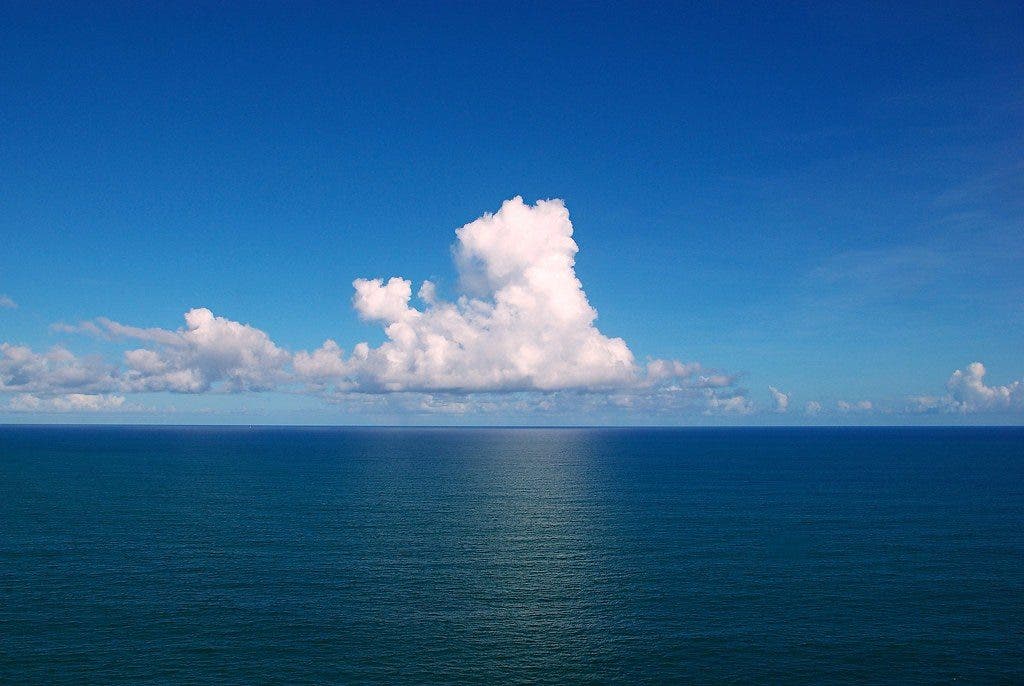As the planet gets warmer due to the rising temperatures, one of the main concerns is sea-level rise. If warming continues and exceeds 2ºC Antarctica’s melting ice sheets could raise seas 20 meters (65 ft) in the coming centuries, according to a new study.

The research, published in Nature and led by Victoria University, looked at past sea levels to work out the potential for the widespread melting of Antarctica. It showed that three million years ago during the Pliocene epoch up to one-third of Antarctica’s ice sheets melted, causing the sea level to rise as much as 25m above present levels.
Levels of carbon dioxide in the Earth’s atmosphere were similar to today’s levels, and in response, the temperature was two to three degrees Celsius warmer. The world should avoid the temperature to increase more than 2ºC, according to the Paris Agreement signed in 2015.
Dr. Georgia Grant and her team used a new method of analyzing marine geological sediments to construct a global sea-level record. They developed the new method of determining the magnitude of sea-level change by analyzing the size of particles moved by waves.
The method was applied to the geological archive from Whanganui Basin on the west coast of the North Island, which contains some of the best evidence anywhere in the world for a global sea-level change. Researchers were able to show that during the past warm period three million years ago, global sea levels regularly fluctuated between 5 to 25 meters.
“If we do not keep our greenhouse gas emissions in line with the Paris Climate Agreement target of two degrees warming, then we may potentially lose not only the West Antarctic Ice Sheet but also the vulnerable margins of the East Antarctic Ice Sheet,” Professor Tim Naish, involved in the study, said.
Grant said it was of critical concern the fact that over 90 percent of the heat from global warming to date had gone into the ocean, and much of it into the Southern Ocean which bathed the Antarctic ice sheet, as seen in the recent report by the Intergovernmental Panel on Climate Change (IPCC).
One-third of Antarctica’s ice sheet – equivalent to up to 20 m sea level rise – sits below sea-level and is vulnerable to widespread and catastrophic collapse from ocean heating. It melted in the past when atmospheric carbon dioxide levels were 400 parts per million (ppm), as they are today.
“Our new study supports the idea that a tipping point may be crossed if global temperatures are allowed to rise more than two degrees, which could result in large parts of the Antarctic ice sheet being committed to melt-down over the coming centuries. It reinforces the importance of the Paris target,” said Grant.


